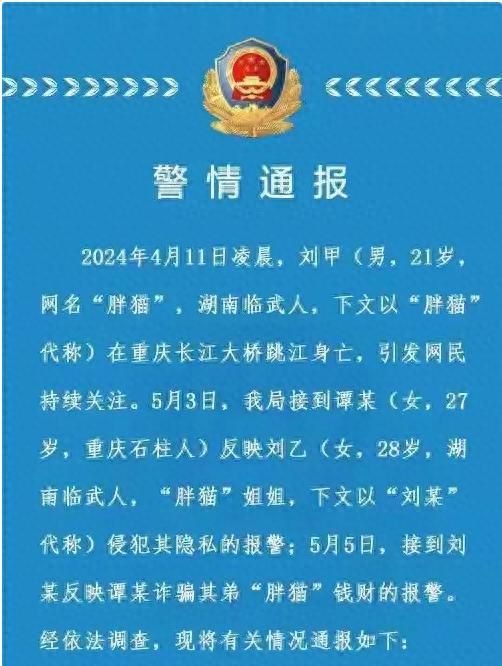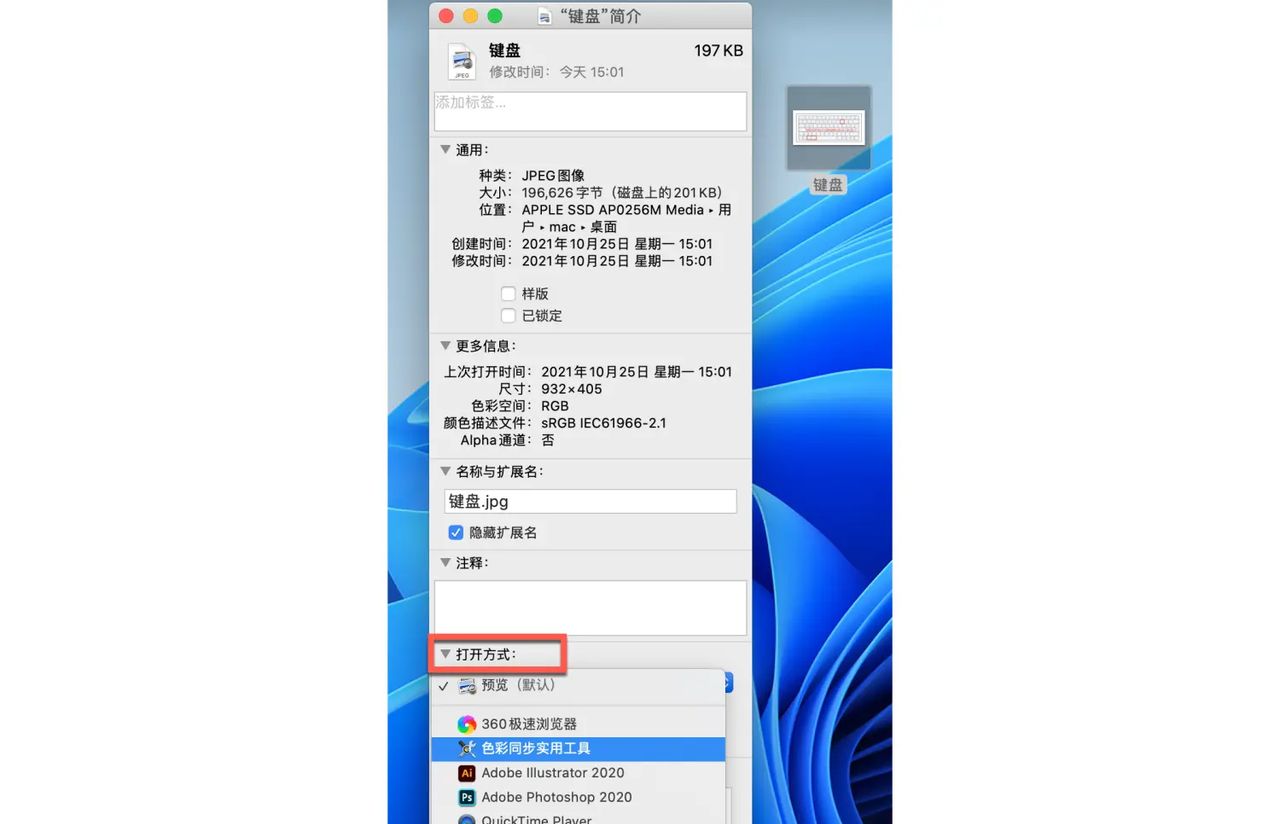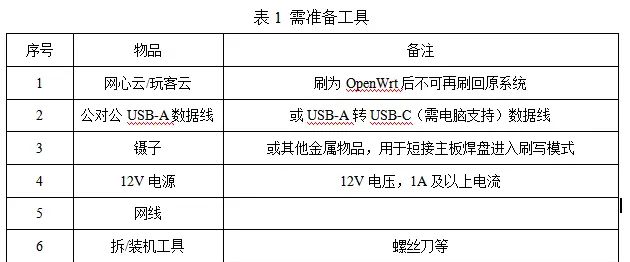16 Pandas怎样实现groupby分组统计
类似SQL:
select city,max(temperature) from city_weather group by city;
groupby:先对数据分组,然后在每个分组上应用聚合函数、转换函数
本次演示:
一、分组使用聚合函数做数据统计
二、遍历groupby的结果理解执行流程
三、实例分组探索天气数据
import pandas as pd import numpy as np # 加上这一句,能在jupyter notebook展示matplot图表 %matplotlib inline df = pd.DataFrame({ A : [ foo , bar , foo , bar , foo , bar , foo , foo ], B : [ one , one , two , three , two , two , one , three ], C : np.random.randn(8), D : np.random.randn(8)}) df
.dataframe tbody tr th:only-of-type {
vertical-align: middle;
}
<pre><code>.dataframe tbody tr th {
vertical-align: top;
}
.dataframe thead th {
text-align: right;
}
</code></pre>
| A | B | C | D | |
|---|---|---|---|---|
| 0 | foo | one | 0.542903 | 0.788896 |
| 1 | bar | one | -0.375789 | -0.345869 |
| 2 | foo | two | -0.903407 | 0.428031 |
| 3 | bar | three | -1.564748 | 0.081163 |
| 4 | foo | two | -1.093602 | 0.837348 |
| 5 | bar | two | -0.202403 | 0.701301 |
| 6 | foo | one | -0.665189 | -1.505290 |
| 7 | foo | three | -0.498339 | 0.534438 |
一、分组使用聚合函数做数据统计
1、单个列groupby,查询所有数据列的统计
df.groupby( A ).sum()
.dataframe tbody tr th:only-of-type {
vertical-align: middle;
}
<pre><code>.dataframe tbody tr th {
vertical-align: top;
}
.dataframe thead th {
text-align: right;
}
</code></pre>
| C | D | |
|---|---|---|
| A | ||
| bar | -2.142940 | 0.436595 |
| foo | -2.617633 | 1.083423 |
我们看到:
- groupby中的’A’变成了数据的索引列
- 由于要统计sum,但B列不是数字,所以被自动忽略掉
2、多个列groupby,查询所有数据列的统计
df.groupby([ A , B ]).mean()
.dataframe tbody tr th:only-of-type {
vertical-align: middle;
}
<pre><code>.dataframe tbody tr th {
vertical-align: top;
}
.dataframe thead th {
text-align: right;
}
</code></pre>
| C | D | ||
|---|---|---|---|
| A | B | ||
| bar | one | -0.375789 | -0.345869 |
| three | -1.564748 | 0.081163 | |
| two | -0.202403 | 0.701301 | |
| foo | one | -0.061143 | -0.358197 |
| three | -0.498339 | 0.534438 | |
| two | -0.998504 | 0.632690 |
我们看到:(‘A’,‘B’)成对变成了二级索引
df.groupby([ A , B ], as_index=False).mean()
.dataframe tbody tr th:only-of-type {
vertical-align: middle;
}
<pre><code>.dataframe tbody tr th {
vertical-align: top;
}
.dataframe thead th {
text-align: right;
}
</code></pre>
| A | B | C | D | |
|---|---|---|---|---|
| 0 | bar | one | -0.375789 | -0.345869 |
| 1 | bar | three | -1.564748 | 0.081163 |
| 2 | bar | two | -0.202403 | 0.701301 |
| 3 | foo | one | -0.061143 | -0.358197 |
| 4 | foo | three | -0.498339 | 0.534438 |
| 5 | foo | two | -0.998504 | 0.632690 |
3、同时查看多种数据统计
df.groupby( A ).agg([np.sum, np.mean, np.std])
.dataframe tbody tr th:only-of-type {
vertical-align: middle;
}
<pre><code>.dataframe tbody tr th {
vertical-align: top;
}
.dataframe thead tr th {
text-align: left;
}
.dataframe thead tr:last-of-type th {
text-align: right;
}
</code></pre>
| C | D | |||||
|---|---|---|---|---|---|---|
| sum | mean | std | sum | mean | std | |
| A | ||||||
| bar | -2.142940 | -0.714313 | 0.741583 | 0.436595 | 0.145532 | 0.526544 |
| foo | -2.617633 | -0.523527 | 0.637822 | 1.083423 | 0.216685 | 0.977686 |
我们看到:列变成了多级索引
4、查看单列的结果数据统计
# 方法1:预过滤,性能更好 df.groupby( A )[ C ].agg([np.sum, np.mean, np.std])
.dataframe tbody tr th:only-of-type {
vertical-align: middle;
}
<pre><code>.dataframe tbody tr th {
vertical-align: top;
}
.dataframe thead th {
text-align: right;
}
</code></pre>
| sum | mean | std | |
|---|---|---|---|
| A | |||
| bar | -2.142940 | -0.714313 | 0.741583 |
| foo | -2.617633 | -0.523527 | 0.637822 |
# 方法2 df.groupby( A ).agg([np.sum, np.mean, np.std])[ C ]
.dataframe tbody tr th:only-of-type {
vertical-align: middle;
}
<pre><code>.dataframe tbody tr th {
vertical-align: top;
}
.dataframe thead th {
text-align: right;
}
</code></pre>
| sum | mean | std | |
|---|---|---|---|
| A | |||
| bar | -2.142940 | -0.714313 | 0.741583 |
| foo | -2.617633 | -0.523527 | 0.637822 |
5、不同列使用不同的聚合函数
df.groupby( A ).agg({"C":np.sum, "D":np.mean})
.dataframe tbody tr th:only-of-type {
vertical-align: middle;
}
<pre><code>.dataframe tbody tr th {
vertical-align: top;
}
.dataframe thead th {
text-align: right;
}
</code></pre>
| C | D | |
|---|---|---|
| A | ||
| bar | -2.142940 | 0.145532 |
| foo | -2.617633 | 0.216685 |
二、遍历groupby的结果理解执行流程
for循环可以直接遍历每个group
1、遍历单个列聚合的分组
g = df.groupby( A ) g <pandas.core.groupby.generic.DataFrameGroupBy object at 0x00000123B250E548> for name,group in g: print(name) print(group) print() bar A B C D 1 bar one -0.375789 -0.345869 3 bar three -1.564748 0.081163 5 bar two -0.202403 0.701301 foo A B C D 0 foo one 0.542903 0.788896 2 foo two -0.903407 0.428031 4 foo two -1.093602 0.837348 6 foo one -0.665189 -1.505290 7 foo three -0.498339 0.534438
可以获取单个分组的数据
g.get_group( bar )
.dataframe tbody tr th:only-of-type {
vertical-align: middle;
}
<pre><code>.dataframe tbody tr th {
vertical-align: top;
}
.dataframe thead th {
text-align: right;
}
</code></pre>
| A | B | C | D | |
|---|---|---|---|---|
| 1 | bar | one | -0.375789 | -0.345869 |
| 3 | bar | three | -1.564748 | 0.081163 |
| 5 | bar | two | -0.202403 | 0.701301 |
2、遍历多个列聚合的分组
g = df.groupby([ A , B ]) for name,group in g: print(name) print(group) print() ( bar , one ) A B C D 1 bar one -0.375789 -0.345869 ( bar , three ) A B C D 3 bar three -1.564748 0.081163 ( bar , two ) A B C D 5 bar two -0.202403 0.701301 ( foo , one ) A B C D 0 foo one 0.542903 0.788896 6 foo one -0.665189 -1.505290 ( foo , three ) A B C D 7 foo three -0.498339 0.534438 ( foo , two ) A B C D 2 foo two -0.903407 0.428031 4 foo two -1.093602 0.837348
可以看到,name是一个2个元素的tuple,代表不同的列
g.get_group(( foo , one ))
.dataframe tbody tr th:only-of-type {
vertical-align: middle;
}
<pre><code>.dataframe tbody tr th {
vertical-align: top;
}
.dataframe thead th {
text-align: right;
}
</code></pre>
| A | B | C | D | |
|---|---|---|---|---|
| 0 | foo | one | 0.542903 | 0.788896 |
| 6 | foo | one | -0.665189 | -1.505290 |
可以直接查询group后的某几列,生成Series或者子DataFrame
g[ C ] <pandas.core.groupby.generic.SeriesGroupBy object at 0x00000123C33F64C8> for name, group in g[ C ]: print(name) print(group) print(type(group)) print() ( bar , one ) 1 -0.375789 Name: C, dtype: float64 <class pandas.core.series.Series > ( bar , three ) 3 -1.564748 Name: C, dtype: float64 <class pandas.core.series.Series > ( bar , two ) 5 -0.202403 Name: C, dtype: float64 <class pandas.core.series.Series > ( foo , one ) 0 0.542903 6 -0.665189 Name: C, dtype: float64 <class pandas.core.series.Series > ( foo , three ) 7 -0.498339 Name: C, dtype: float64 <class pandas.core.series.Series > ( foo , two ) 2 -0.903407 4 -1.093602 Name: C, dtype: float64 <class pandas.core.series.Series >
实则所有的聚合统计,都是在dataframe和series上进行的;
三、实例分组探索天气数据
fpath = "./datas/beijing_tianqi/beijing_tianqi_2018.csv" df = pd.read_csv(fpath) # 替换掉温度的后缀℃ df.loc[:, "bWendu"] = df["bWendu"].str.replace("℃", "").astype( int32 ) df.loc[:, "yWendu"] = df["yWendu"].str.replace("℃", "").astype( int32 ) df.head()
.dataframe tbody tr th:only-of-type {
vertical-align: middle;
}
<pre><code>.dataframe tbody tr th {
vertical-align: top;
}
.dataframe thead th {
text-align: right;
}
</code></pre>
| ymd | bWendu | yWendu | tianqi | fengxiang | fengli | aqi | aqiInfo | aqiLevel | |
|---|---|---|---|---|---|---|---|---|---|
| 0 | 2018-01-01 | 3 | -6 | 晴~多云 | 东北风 | 1-2级 | 59 | 良 | 2 |
| 1 | 2018-01-02 | 2 | -5 | 阴~多云 | 东北风 | 1-2级 | 49 | 优 | 1 |
| 2 | 2018-01-03 | 2 | -5 | 多云 | 北风 | 1-2级 | 28 | 优 | 1 |
| 3 | 2018-01-04 | 0 | -8 | 阴 | 东北风 | 1-2级 | 28 | 优 | 1 |
| 4 | 2018-01-05 | 3 | -6 | 多云~晴 | 西北风 | 1-2级 | 50 | 优 | 1 |
# 新增一列为月份 df[ month ] = df[ ymd ].str[:7] df.head()
.dataframe tbody tr th:only-of-type {
vertical-align: middle;
}
<pre><code>.dataframe tbody tr th {
vertical-align: top;
}
.dataframe thead th {
text-align: right;
}
</code></pre>
| ymd | bWendu | yWendu | tianqi | fengxiang | fengli | aqi | aqiInfo | aqiLevel | month | |
|---|---|---|---|---|---|---|---|---|---|---|
| 0 | 2018-01-01 | 3 | -6 | 晴~多云 | 东北风 | 1-2级 | 59 | 良 | 2 | 2018-01 |
| 1 | 2018-01-02 | 2 | -5 | 阴~多云 | 东北风 | 1-2级 | 49 | 优 | 1 | 2018-01 |
| 2 | 2018-01-03 | 2 | -5 | 多云 | 北风 | 1-2级 | 28 | 优 | 1 | 2018-01 |
| 3 | 2018-01-04 | 0 | -8 | 阴 | 东北风 | 1-2级 | 28 | 优 | 1 | 2018-01 |
| 4 | 2018-01-05 | 3 | -6 | 多云~晴 | 西北风 | 1-2级 | 50 | 优 | 1 | 2018-01 |
1、查看每个月的最高温度
data = df.groupby( month )[ bWendu ].max() data month 2018-01 7 2018-02 12 2018-03 27 2018-04 30 2018-05 35 2018-06 38 2018-07 37 2018-08 36 2018-09 31 2018-10 25 2018-11 18 2018-12 10 Name: bWendu, dtype: int32 type(data) pandas.core.series.Series data.plot()

2、查看每个月的最高温度、最低温度、平均空气质量指数
df.head()
.dataframe tbody tr th:only-of-type {
vertical-align: middle;
}
<pre><code>.dataframe tbody tr th {
vertical-align: top;
}
.dataframe thead th {
text-align: right;
}
</code></pre>
| ymd | bWendu | yWendu | tianqi | fengxiang | fengli | aqi | aqiInfo | aqiLevel | month | |
|---|---|---|---|---|---|---|---|---|---|---|
| 0 | 2018-01-01 | 3 | -6 | 晴~多云 | 东北风 | 1-2级 | 59 | 良 | 2 | 2018-01 |
| 1 | 2018-01-02 | 2 | -5 | 阴~多云 | 东北风 | 1-2级 | 49 | 优 | 1 | 2018-01 |
| 2 | 2018-01-03 | 2 | -5 | 多云 | 北风 | 1-2级 | 28 | 优 | 1 | 2018-01 |
| 3 | 2018-01-04 | 0 | -8 | 阴 | 东北风 | 1-2级 | 28 | 优 | 1 | 2018-01 |
| 4 | 2018-01-05 | 3 | -6 | 多云~晴 | 西北风 | 1-2级 | 50 | 优 | 1 | 2018-01 |
group_data = df.groupby( month ).agg({"bWendu":np.max, "yWendu":np.min, "aqi":np.mean}) group_data
.dataframe tbody tr th:only-of-type {
vertical-align: middle;
}
<pre><code>.dataframe tbody tr th {
vertical-align: top;
}
.dataframe thead th {
text-align: right;
}
</code></pre>
| bWendu | yWendu | aqi | |
|---|---|---|---|
| month | |||
| 2018-01 | 7 | -12 | 60.677419 |
| 2018-02 | 12 | -10 | 78.857143 |
| 2018-03 | 27 | -4 | 130.322581 |
| 2018-04 | 30 | 1 | 102.866667 |
| 2018-05 | 35 | 10 | 99.064516 |
| 2018-06 | 38 | 17 | 82.300000 |
| 2018-07 | 37 | 22 | 72.677419 |
| 2018-08 | 36 | 20 | 59.516129 |
| 2018-09 | 31 | 11 | 50.433333 |
| 2018-10 | 25 | 1 | 67.096774 |
| 2018-11 | 18 | -4 | 105.100000 |
| 2018-12 | 10 | -12 | 77.354839 |
group_data.plot() <matplotlib.axes._subplots.AxesSubplot at 0x123c5502d48>

本文使用 文章同步助手 同步






















暂无评论内容